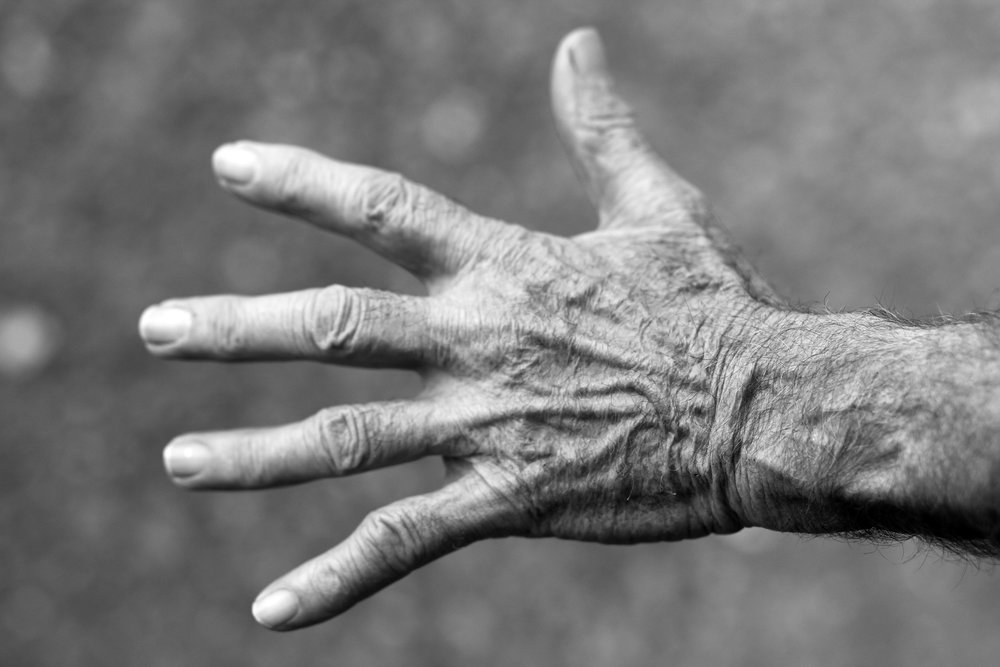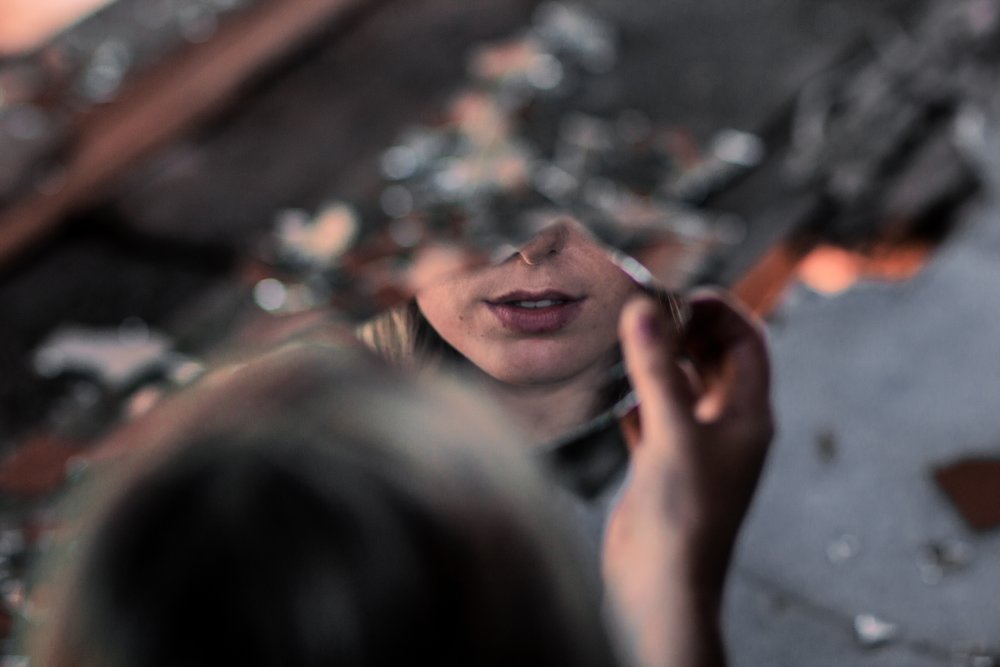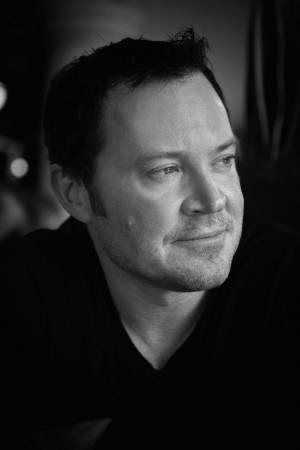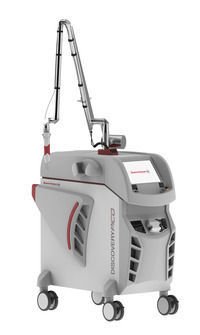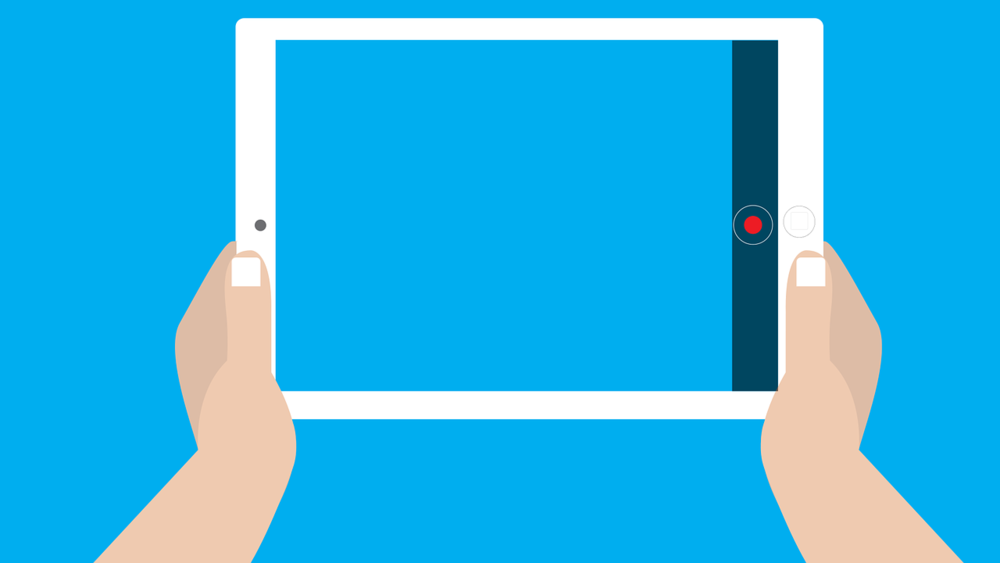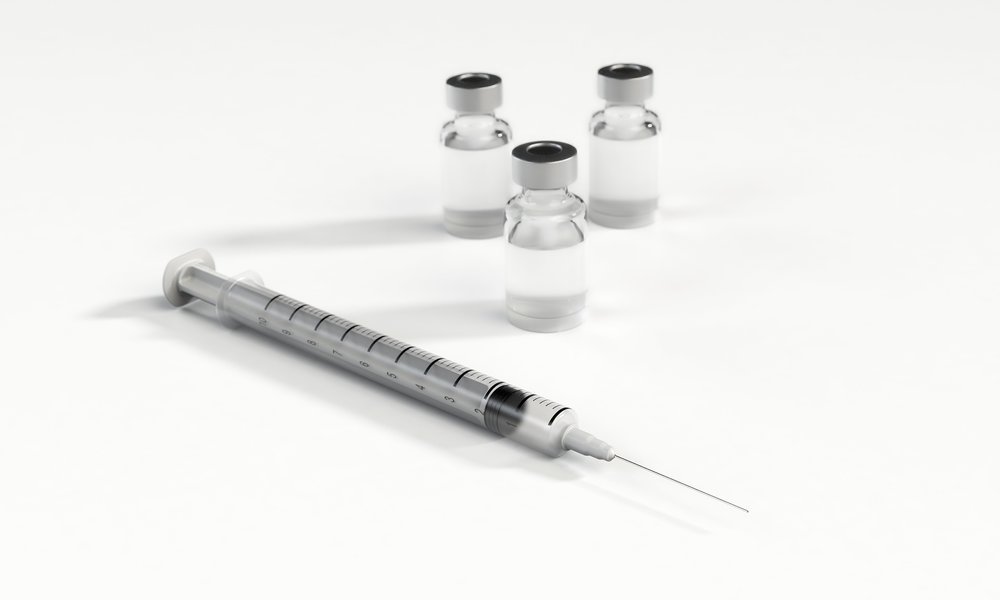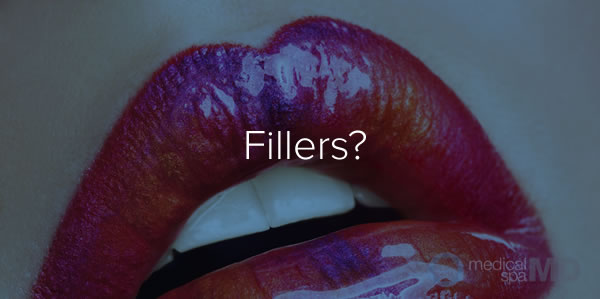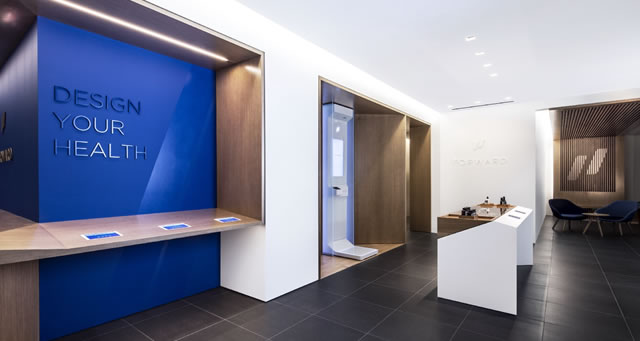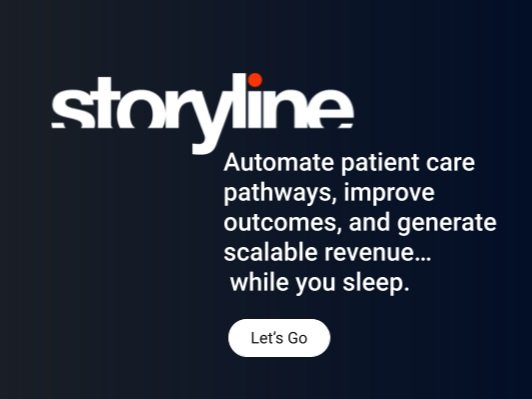Should I switch to a new filler? Can I increase my profits or decrease my cost? Fillers are a must-have in any cosmetic practice, so how do you make sense of the options?
You've got to have them since they're one of the primary reasons you're generating new patients AND they keep those patients coming back every month or two. Many generalized (includes surgical treatments) generate 40% of their income from injectables and others (nonsurgical) can turn these needles into wildly profitable practices. But you can also spin your wheels just bumping along the barely-breaking-even line by either under-pricing or over-paying. So what's the current state of cost/price in the market?
In a market report released in 2015, according to Research and Markets, dermal fillers average price (in the US at least) are estimated around $400-$1500 per treatment (patient cost). That's quite a range. So what's going on here? It's a busy and (increasingly) confusing market but here are some stats/thoughts on some of the market leaders.
RADIESSE
Radiesse is primarily around the patient's mouth (specifically correcting nasolabial folds but also lips) but is also commonly used to increase volume in hands (where you can end up using a lot of it, increasing the cost/price). Typical usage is between a half to 2 or more syringes. Like with other facial fillers, the effects on Radiesse on the body will take for as long as 10-12 months. An average cost for a Radiesse treatment is around $900, with a range of $400-$1200. Most procedures are on the chin and cheeks.
Patient satisfaction seems to be around 83%. Adverse reactions include ashes, loss of volume swelling, and lumping. These, as with others, are generally attributable to poor technique or over-treatment.
BELOTERO
Similar to Radiesse, Belotero targets the nasolabial folds and the lines around the mouth. Although, there are some physicians that have used it to target dark circles and lines under the eyes.
It is possible to get multiple treatments for Belotero as well. The filler lasts around to 6 months, maybe up to a year. Although some patients may have shorter filler effects. The treatment costs around $625.00, with a range of $200-$1350.
Patient reviews (from a well known patient site) tended to be slightly higher than Radiesse which is interesting but not terribly informative. It worked well for patients who had their under eye lines treated, on their lip lines, crows' feet, tear troughs, and glabellar area. Complaints include bruising, swelling, and bumpiness.
SCULPTRA
Sculptra is a liquid based injectable that also targets the above mentioned treatments for lines. The use for the filler has been used for those who have lost weight and want to treat lines.
Primary treatment areas for Sculptra are temples and jowls and there's some increase in the after-care instructions including daily 'face massage' of the treatment areas. Repeat treatments may need to be administered after four to six or four to eight weeks, depending on the patient's results from the first treatment. (Always better to under-treat and have them come back than over-treat and have them unhappy.)
Price of treatment is around $1900, with a range of $150-$3800. Selling price of Sculptra to physicians is estimated around $750-$800. According to some physicians Sculptra retains on the face for around 6 to 24 months.
Sculptra seems to hover around a 90% patient satisfaction rate. Among the reviews on one website, 21% reported lumping and adverse reactions (which seems high).
JUVEDERM
Juvederm is one of the most popular volume enhancing fillers in the market. The target areas are lips, cheeks, and lines and wrinkles. A technique to administering the filler on the cheek is creating circles around the target area (similar to a Venn Diagram). Aside from the cheeks, lips are also a popular treatment region.
Juvederm products have a selling price of around $350-$1000. Cost of treatment is around $550, ranging from $250-$990. Treatment lasts from 6 to 12 months.
In looking into patient feedback, only Juvederm received more than 90% positive rate from patients across different review websites. Many are also doing returning treatments after their results. Common complaints for the filler are sagging and swelling under eyes and lips.
KYBELLA
We thought we'd take a look at something outside of fillers with Kybella since it's main usage is to remove the fat under the chin. Multiple treatments are done to achieve the expected result. Like with all the treatments here, Kybella can be done quickly. In administering Kybella, the box comes with a temporary tattoo guide which should be stuck under the chin. (We don't have personal experience with this so would appreciate ayone's thoughts from the community.)
Physicians buy a vial of Kybella at around $600. As for prices, Kybella has a range of $600-$2500 for a treatment, with an average of $1375.
The treatment is well received with an 87% positive rating on one website. Swelling is normal with the treatment after a few days. The treatment had boosted patient self-esteem. Negative reviews are few so far, some had mentioned they saw no change prior to treatment and should have opted Liposuction over injections.
Read the sister post on pricing of Botox, Xeomin & Dysport.
Pricing & Costs
There are a lot of physicians who enter the market at the low end of pricing in order to attract new patients (very successfully since this is essentially a commodity now) but if your prices don't include enough just to break-even, you’re heading for trouble. Medical businesses are expensive to run and it's more true than ever that a dollar saved is a dollar earned. All vendors are not all pricing fillers the same and it can cost you literally thousands of dollars a month right off the top-line profit if you're not getting the best deal from your local pharmacy or the manufacturer. Depending upon where you are in the world you might want to do a little research and find out if you can get a better deal.
Warning: Everyone is getting bombarded with solicitations from companies in China promising the lowest cost. Do NOT buy any drugs or pharmacy products from China (or South East Asia, or Africa). These countries do not have the same regulations as the US, Canada, and the EU where regulatory safeguards are in place.


